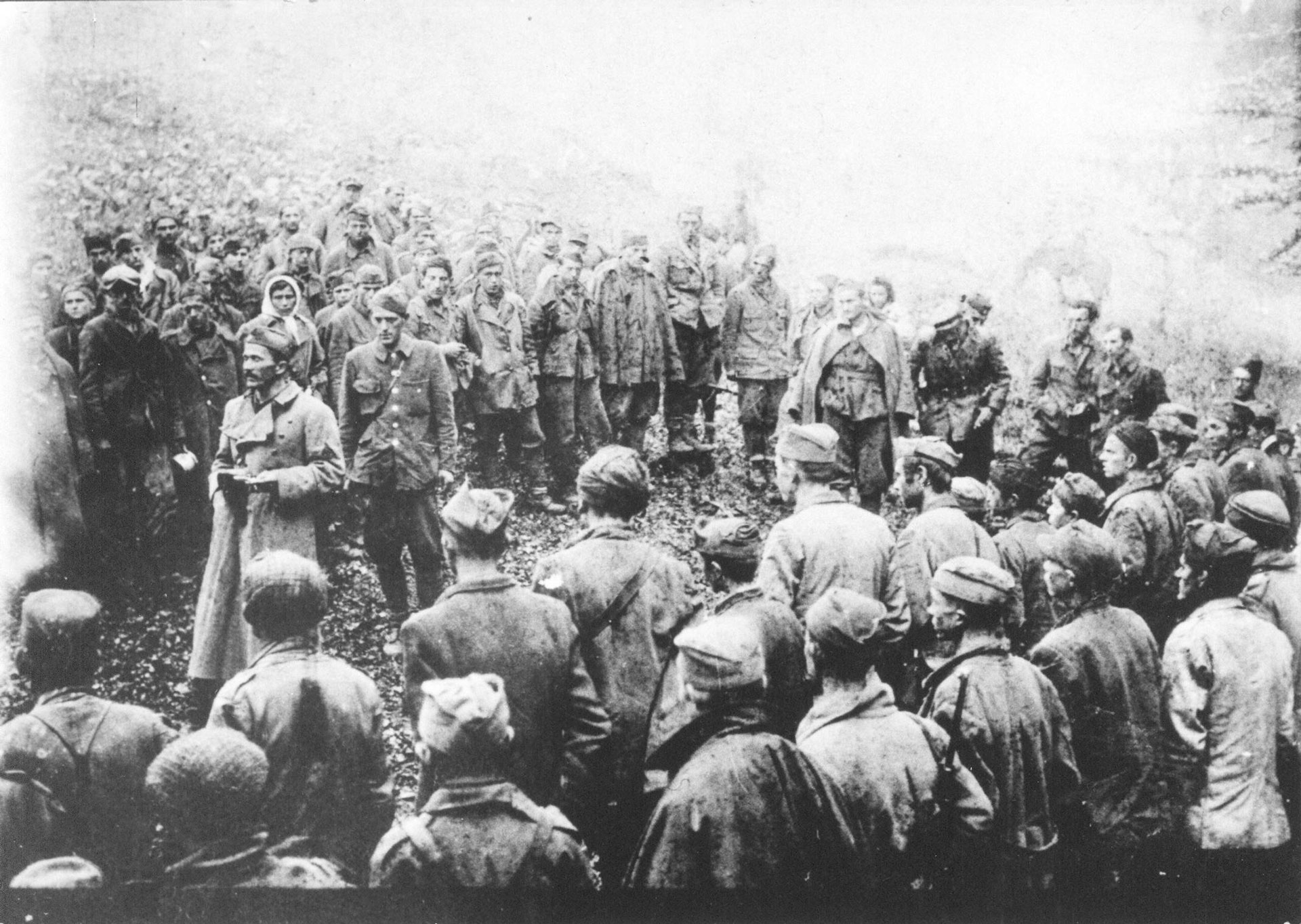The “Spaniard”
On 7 July 1941, a small group of armed communists, soon to be recognized as the Partisans, attended a fair in a village in occupied Serbia. They seized the opportunity to spread their call for armed struggle against the Axis forces. When gendarmes appeared and tried to disperse the villagers, Žikica Jovanović, a political commissar of the attending partisan company, pulled out his revolver and shot two of them. These became known and celebrated as the “first shots” of resistance in occupied Yugoslavia. Several weeks later, on 21 August 1941 at the Parisian “Barbès–Rochechouart” metro station, Pierre Georges (later known as Colonel Fabien), a young French communist who was entrusted with organising local “Youth Battalions”, shot and killed a German officer. Likewise, these would be celebrated as the “first shots” in occupied France by the communists.
Apart from firing the “first shots” – and dying in combat later in the war – these two young men had one important thing in common: they were both “Spaniards”. In other words, they were veterans of the International Brigades, who fought during the Spanish Civil War (1936–1939) for the Republic. After the war, many of the veterans, as proven communists and ardent antifascists with experience in modern warfare, were pulled through the ranks of their respective communist parties and directed to organise the struggle – preferably armed – against the Axis. And nowhere was the appearance of “Španci” (Spaniards) more noteworthy than in Yugoslavia.
Out of at least 1.850 Yugoslavs who fought in Spain, over 250 of the survivors eventually came back and became the backbone of the Partisan movement. They organised many of the first armed groups and led many of the detachments, battalions, brigades… One partisan in Slavonija would later recall his impressions of the two “Spaniards” who were sent to his detachment: “I was pleased”, he said. “Most of us know very little about waging war. The arrival of ‘Spaniards’ was quite significant. They did a lot for the development of our combat units. Experienced fighters and communists were of immense help to Slavonian partisans in the first months of the fighting.” The “Spaniards” account for at least 35 early detachment commanders, as well as 15 out of 25 members of all provincial staff headquarters, including 9 commanders and commissars. And in the final hour, four of them were commanding each of the four Partisan armies from their establishment in early 1945 until liberation.
Vladan Vukliš


